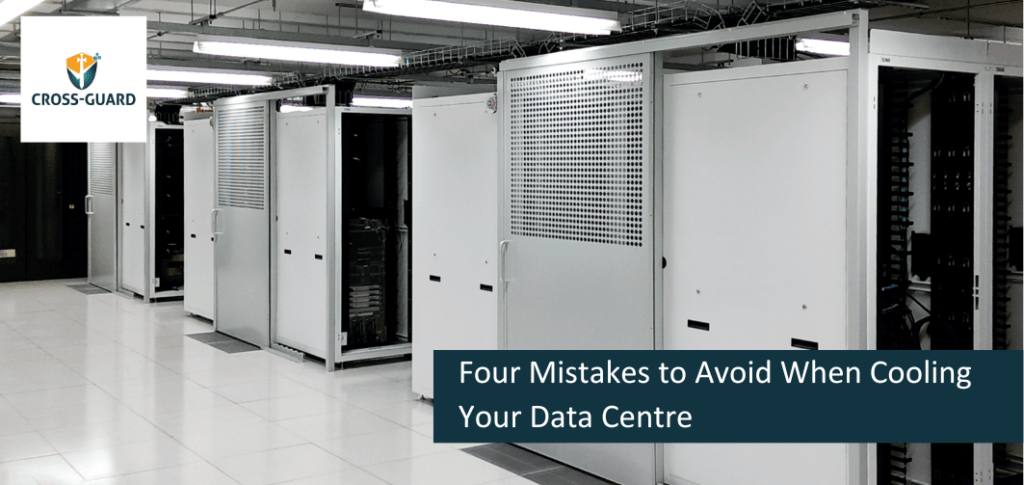Four Mistakes to Avoid When Cooling Your Data Centre

Maintaining the ideal temperature in a Data Centre is crucial to prevent any potential risks such as overheating. While the concept of Data Centre Cooling may seem simple, it is a complex topic that requires expertise. In fact, even a tiny mistake in cooling systems can compromise the overall efficiency and effectiveness of the Data Centre, leading to potential downtime and loss of data.
Here’s how to avoid four common data centre cooling mistakes:
1. Rack Placement
The placement of racks in your data centre can have a massive impact on the cooling efficiency of your Data Centre. There are a few different ways to optimize rack placement for cooling and efficiency purposes and the best one for your data centre depends on the extent to which your data centre facility can contain airflow.
The standard cooling strategy utilized by most data centres is Hot Aisle/Cold Aisle Containment. This approach involves positioning the server racks in a way that the front of one rack faces the front of another rack, thereby creating an aisle where hot air from the back of the racks can be distributed. It is crucial to consider the design of the data centre facility when determining the appropriate location to place the racks.
2. Placing Too Many Servers in Each Rack
Proper air circulation is essential for the effective dissipation of heat in server racks. To ensure optimal performance, it’s important to avoid overcrowding server racks, as this can hinder the flow of air. When too many servers are placed into a single rack, the risk of overheating and system failure increases.
When designing your data centre, it’s crucial to take into account how much you’re filling each rack. Overloading racks can make it harder for the cooling system to keep up, increasing the risk of hardware failure. On the other hand, leaving too much space unused can be wasteful. To strike a balance, consider aiming for a rack utilization rate of 85% to 90%. This will ensure that you’re using the space efficiently without compromising on cooling.
3. Lack of Data from your Cooling Systems
To ensure optimal performance and avoid any potential damage to your data centre equipment, it is extremely important to carefully monitor the temperatures within your facility. By collecting temperature data from multiple locations throughout the data centre, you can easily identify any potential bottlenecks in heat dissipation, which may occur due to a constriction inside a server rack causing hot air to collect in an unintended location.
4. Always Pick the Right Roof for Your Needs
It is crucial to consider the roof of a data centre when planning its cooling strategy. The material and colour of the roof can significantly affect cooling efficiency, especially in areas with high outside temperatures and sun exposure. While optimizing the roof for cooling is not as important as optimizing server rack layouts, it should still be included in the list of items to be considered when planning a cooling strategy.
SHARE
DOWNLOAD A COPY OF OUR BROCHURE

